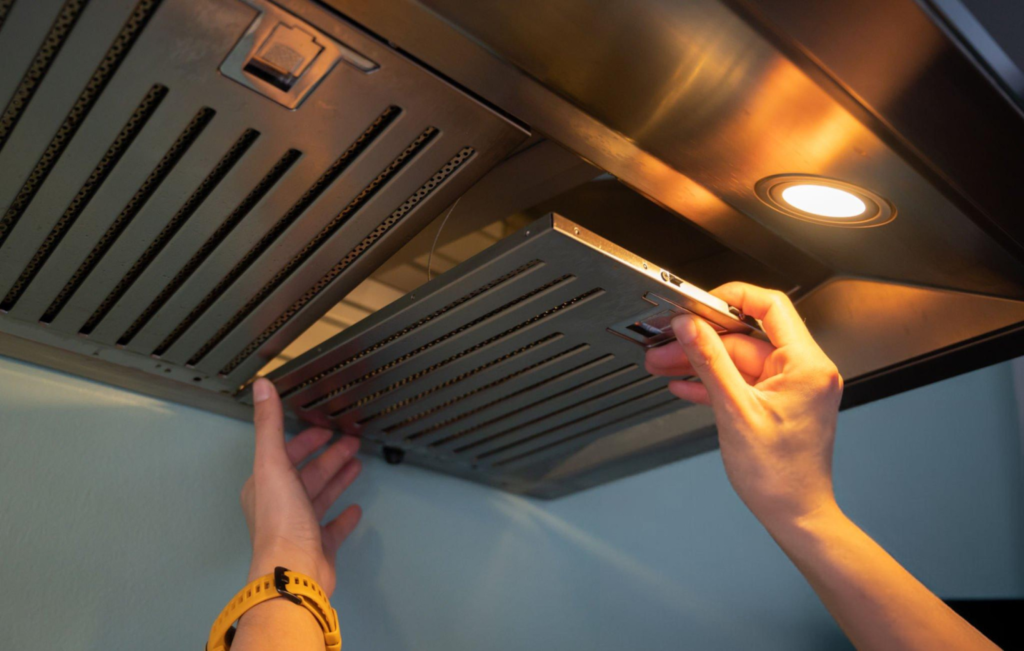
Introduction
Every time you sauté onions, fry bacon, or simmer curry, your kitchen fills with invisible particles. Some disappear quickly. Others linger in the air, seep into fabrics, and settle on surfaces. While we enjoy the taste and aroma of cooking, the science of kitchen air reveals a less appetizing truth: poor ventilation can harm health and home.
This article explains the hidden chemistry of cooking emissions, the dangers of neglecting ventilation, and how advanced Under Cabinet Range Hood like Branohome act as the first line of defense.
The Chemistry of Cooking
- Particulate Matter (PM2.5)
- Microscopic particles that lodge deep in lungs.
- Produced by frying oils, especially at high heat.
- Microscopic particles that lodge deep in lungs.
- Volatile Organic Compounds (VOCs)
- Released when fats and food components break down.
- Long-term exposure linked to headaches and respiratory irritation.
- Released when fats and food components break down.
- Carbon Monoxide (CO)
- Especially from gas stoves without proper ventilation.
- Invisible, odorless, and potentially deadly.
- Especially from gas stoves without proper ventilation.
- Nitrogen Dioxide (NO₂)
- By-product of gas combustion.
- Associated with asthma and lung inflammation.
- By-product of gas combustion.
Why Kitchen Air Differs from Outdoor Air
- Kitchens are enclosed spaces where pollutants build up faster.
- Open-concept layouts allow emissions to spread throughout the home.
- Modern airtight construction (for energy efficiency) traps pollutants indoors.
The Role of Range Hoods
Capture Efficiency
Not just about CFM power—design matters. Wall Mount Range Hood use wide capture areas and angled airflow to trap pollutants before they escape.
Multi-Layer Filtration
- Stainless steel baffles capture grease.
- Optional charcoal filters neutralize odors and VOCs.
Continuous Operation
Insert Range Hood 10–15 minutes after cooking clears residual pollutants.
Case Example: Measuring Air Quality
Researchers compared kitchens with and without active range hoods:
- PM2.5 levels dropped by 60–90% when effective ventilation was used.
- Carbon monoxide levels remained within safe thresholds.
- Homes without ventilation reported more frequent respiratory symptoms.
The Branohome Advantage
- High CFM + smart sensors: Adapts airflow to pollution levels.
- Quiet operation: Encourages consistent use, even during long meals.
- LED lighting: Enhances visibility without adding heat.
Conclusion
Cooking is chemistry—and without proper ventilation, it’s chemistry in the wrong place.
Branohome hoods transform kitchens into safer, healthier spaces by addressing the science of air quality. For families, it’s not just about cleaner walls and fresher rooms—it’s about protecting health every single day.